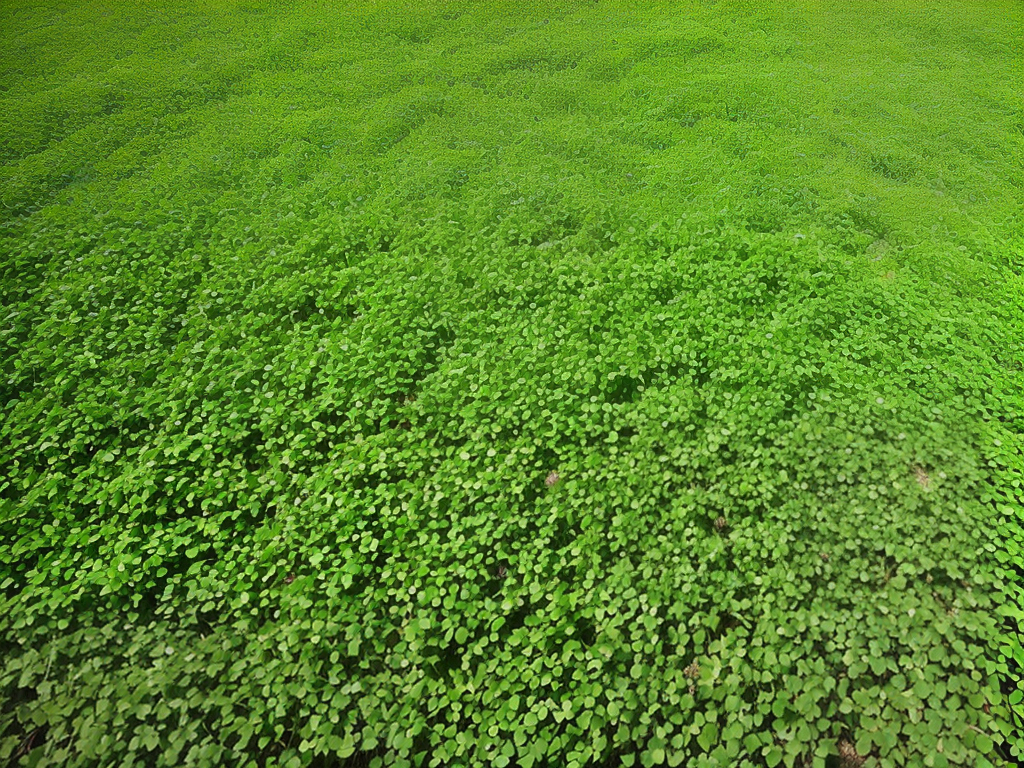Soil health is a critical aspect of farming that can impact the yield of crops and the overall sustainability of agricultural practices. In recent years, the use of cover crops has gained attention as a strategy to improve soil health [1]. Cover crops are plants that are grown between crop cycles to protect and improve soil quality [9]. In this article, we will explore the benefits of cover crops and how they can help improve soil health.

Benefits of Cover Crops
Soil Health Improvement
Cover crops can improve soil health by increasing soil organic matter, which can lead to improved soil structure and increased water-holding capacity [1]. Soil organic matter is the result of decomposing plant and animal material, and it provides nutrients to plants while also improving the physical and chemical properties of the soil [3]. Cover crops can also help reduce soil erosion, which can lead to the loss of valuable topsoil and nutrients [5].
Increased Crop Yields
Cover crops can also help increase crop yields. By improving soil health, cover crops can increase the availability of nutrients to crops and enhance the soil’s ability to retain water [4]. Some cover crops can also capture nitrogen from the air and release it into the soil, making it available to plants [9]. A study found that soil health indicators, such as aggregate stability and soil organic matter, increased more on cover crop strips than on control strips, demonstrating that cover crops can have a significant impact on crop yield and soil health [1].
Financial Benefits
In addition to improving soil health and crop yields, cover crops can have financial benefits for farmers. Cover crops can help reduce the need for synthetic fertilizers and pesticides, saving farmers money on inputs [2]. Cover crops can also provide additional income for farmers by being used as forage for livestock [4].
Types of Cover Crops
Cover crops come in a variety of types, each with its unique set of benefits [7]. Here are five types of cover crops commonly used:
Nitrogen-Fixing Legumes
Legumes such as clover, peas, and beans can capture nitrogen from the air and fix it in the soil, making it available for other plants to use.
Grasses
Grasses such as rye, wheat, and oats are useful for their ability to scavenge nutrients and prevent soil erosion.
Brassicas
Brassicas, such as turnips, radishes, and mustards, are cover crops that have a deep taproot system that can break up compacted soil and improve water infiltration. They also have the ability to scavenge nutrients and suppress weeds, making them useful in areas with high weed pressure [6]. Additionally, brassicas can increase soil organic matter by producing large amounts of biomass and incorporating it back into the soil upon termination [5]. These benefits make brassicas a popular cover crop choice for farmers looking to improve soil health.
Radish
Radishes can break up soil compaction, absorb excess nutrients, and increase soil aeration.
Buckwheat
Buckwheat is an excellent cover crop for weed suppression and can be grown in a short period.
Farmers can choose the best cover crop type for their soil type and farming goals [7]. Cover crops should be selected based on their compatibility with the main cash crop, the time of planting, and the intended benefits for soil health.
Best Practices for Cover Crop Management
To get the most out of cover crops, farmers need to follow best practices for management. Here are some tips:
Timing
Cover crops should be planted at the right time to ensure they can establish well and achieve their intended purpose. They should be planted after the main cash crop harvest or between crop cycles.
Termination
Cover crops should be terminated before planting the next crop to avoid competition for resources. Farmers can terminate cover crops through mechanical means, such as mowing or rolling, or by using herbicides.
Species selection
Farmers should select cover crop species that are compatible with their soil type and crop rotation. They should also consider the benefits they want to achieve and select the appropriate species to achieve those benefits.
Conclusion
In summary, cover crops are an effective strategy for improving soil health and increasing crop yields. Cover crops can increase soil organic matter, reduce erosion, and improve soil structure, leading to better water retention and nutrient availability for crops. Additionally, cover crops can have financial benefits for farmers by reducing input costs and providing additional income through livestock grazing. Farmers should select the best cover crop type and follow best practices for management to achieve the desired benefits for their farms.


